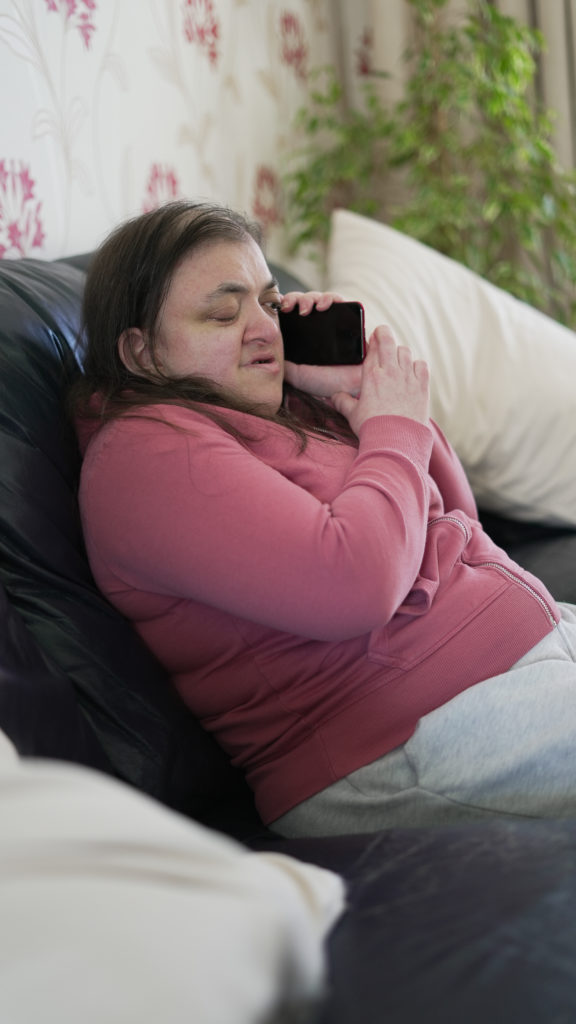Screen readers: life with talking tech
Screen readers are an important, if imperfect, part of Charlotte’s everyday life. She’s blind and needs this support to stay connected to the world around her. Charlotte talks to us about life with her talking technology.
Sense tech review: screen readers
Screen readers do what they say on the tin, they read text on screens aloud for visually impaired users. I first started using one when I was about eight or nine, a few years after I was registered blind. It must have been when I was first using a computer for anything. We’re all so dependent on our devices now, for all parts of life. Without screen reading software I expect I’d feel pretty cut off!
The key to privacy and independence

With screen readers, I’m able to do the things I want and need to do each day. They protect a lot of my personal rights, things that I guess others take for granted. Like privacy – I don’t want to have to ask other people to read my texts and emails. No one wants that! So even when my screen reader is reading out loud to me, I can work in a private space and not feel pried on.
The biggest benefit is independence; I can manage my own life without asking for help. I’ve got a great, tech-savvy brother but I don’t want to have to go to him every time I want to use my computer.
All this means that I have greater opportunities. I use screen readers now to do my job, working at Sense as an Expert by Experience. I’m sort of a consultant, I can help my colleagues understand what it’s like to live with a disability, what they need to be aware of. This helps Sense to assess accessibility in everything from festivals to transport. I’m always busy!
One isn’t always enough

Actually, one thing that I get a lot of questions about is how screen readers work. Sense know that a lot of people they’re writing for will use this software. This is where I come in, to help advice on the best way to write for that audience.
It’s been interesting to think about screen readers in this way. People ask questions I’d never have thought of! Like, for a piece of work I did for Thrive festival, the team wanted to know if the colour or size of the text made a difference. What about the way headings are coded? Did punctuation change the way a sentence sounds?
The truth is, there are quite a few different programs out there and the answers to those questions will be different on each one. I’ve got three different programs across various devices. This is very common, most people with screen reader have two or three options up their sleeve.
My iPhone has a built-in software and I think this is pretty good. On my laptop I use JAWS, Job Access With Speech. It’s good but it takes some getting used to! It relies on a lot of keyboard input and signals, some users find it a bit overcomplicated.
Sometimes I do find it hard to control how much it jumps about. It can be frustrating when I’m trying to view my emails. It might race through several email previews without giving me a chance to stop and select one to read, or it often won’t read out the subject line at all.
My advice…
For anyone thinking about getting a screen reader, my advice would be to try out a few options first. Have some test runs on emails, news, YouTube and whatever else you know you want to use it on. Then get a feel for which one is going to be best for you. Despite the hiccups, a screen reader is worth having!

